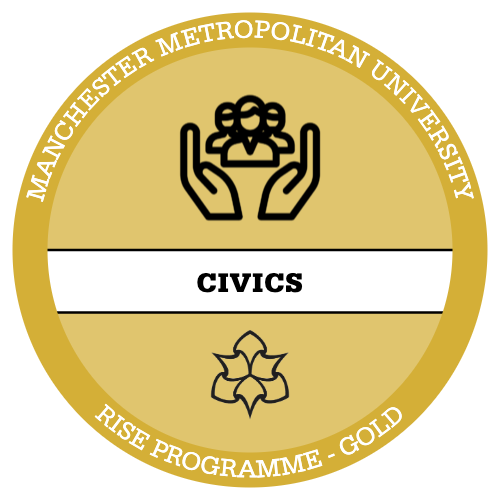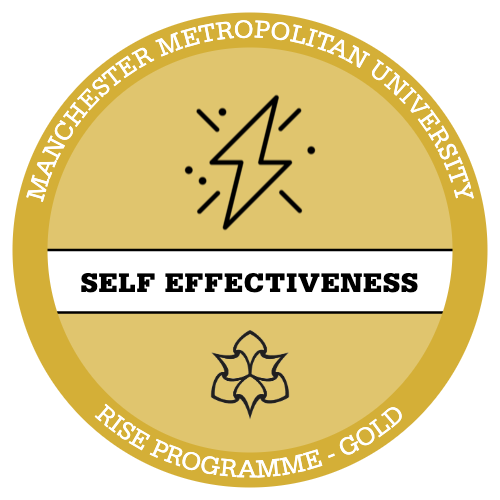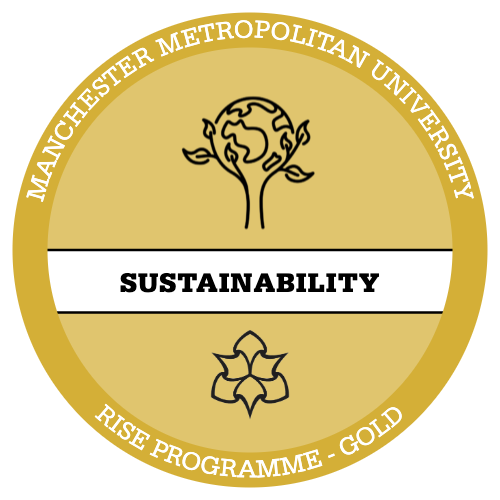What?
Rise is Manchester Met’s flagship institutional framework to recognise co-curricular learning and enhance students’ futures. It enables students to gain additional recognition on their degree transcript – and potentially additional classificatory credit – for experiential learning activity.
It is incorporated into the University’s curriculum framework and is therefore available within any programme of the university. Whether your students are ‘standard undergraduates’, postgrad or research students, or degree apprentices, they are able to access Rise and its benefits.
How?
We administer a system in which points are awarded to students for co-curricular learning. Anybody in the university can award points (more on this later!), and students can claim points for independent experience.
We also create and curate an extensive programme of events, projects and activities, together with a portfolio of self-study skills packs authored by industry partners. These are available via our online catalogue.
Some students may be eligible to look at the Rise assessment for classificatory credits once they have reached 300 points. They can apply to submit a reflective portfolio that is supported and marked by the central Rise team. More information on this is found on our Assessment page.
Why?
Rise was set up to be an agile space where beneficial experiences can be taken to students quickly and with minimal unnecessary processes. It is particularly focused on graduate outcomes. It incentivises and recognises things that might otherwise be extra-curricular, and which tend to be unevenly accessed by different groups of students. It also provides a more efficient place in which to deliver skills and experiences which might cut across disciplines (or fall between them).
We tend to engage over 10,000 students each year – and these represent students most at risk of under-employment above their proportions in the University population.






